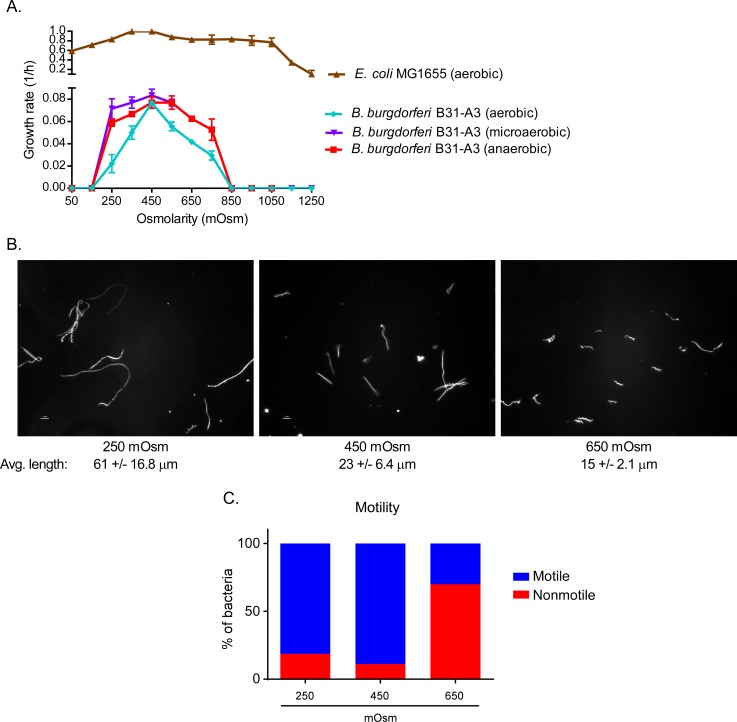Fig 2. The effects of osmolarity on the physiology, cell morphology and motility of B. burgdorferi.
(A) Rate of growth of the wild-type strain B31-A3 from 50 to 1,250 mOsm under anaerobic (90% N2, 5% CO2, 5% H2), microaerobic (90% N2, 5% CO2, 5%O2) and aerobic (78% N2, 21% O2, 0.05% CO2) conditions at 34°C and E. coli in aerobic conditions at 34°C. (B) Spirochetes, grown at different osmolarities, were examined by dark-field microscopy. Under each photograph of cells is the average length of 200 cells from 5 independent cultures (C) The motility of cells was evaluated by assessing 200 cells per culture condition (e.g., 250 mOsm) by dark-field microscopy.

